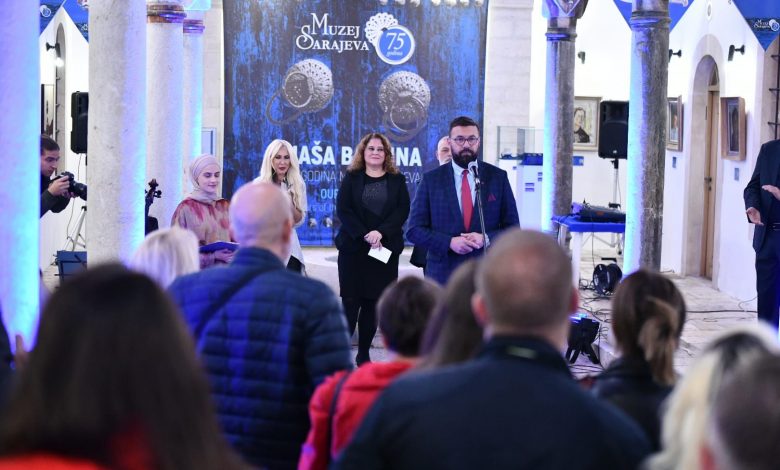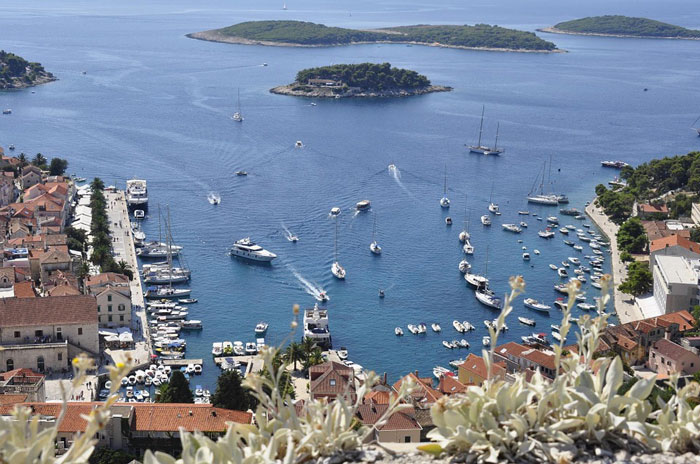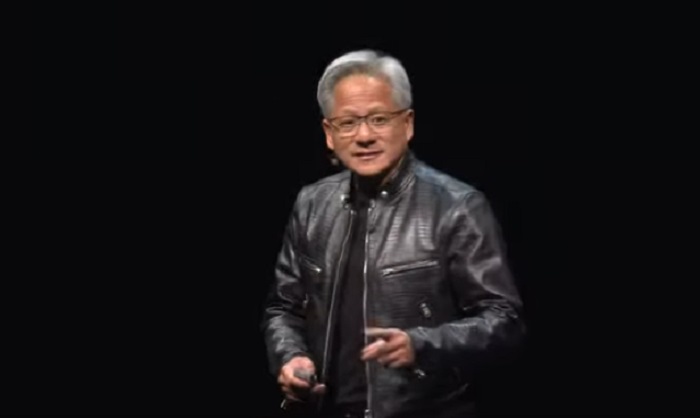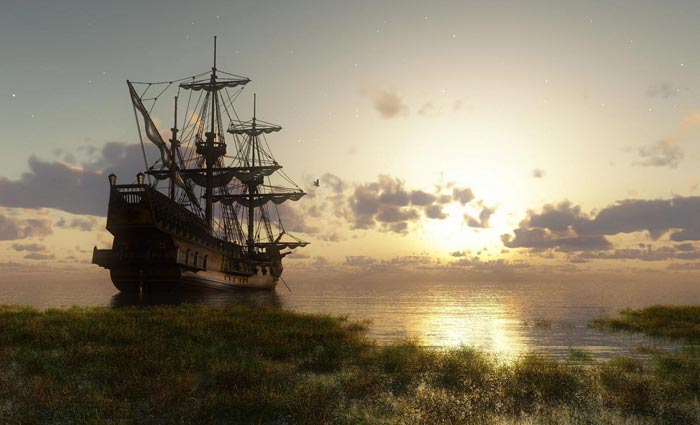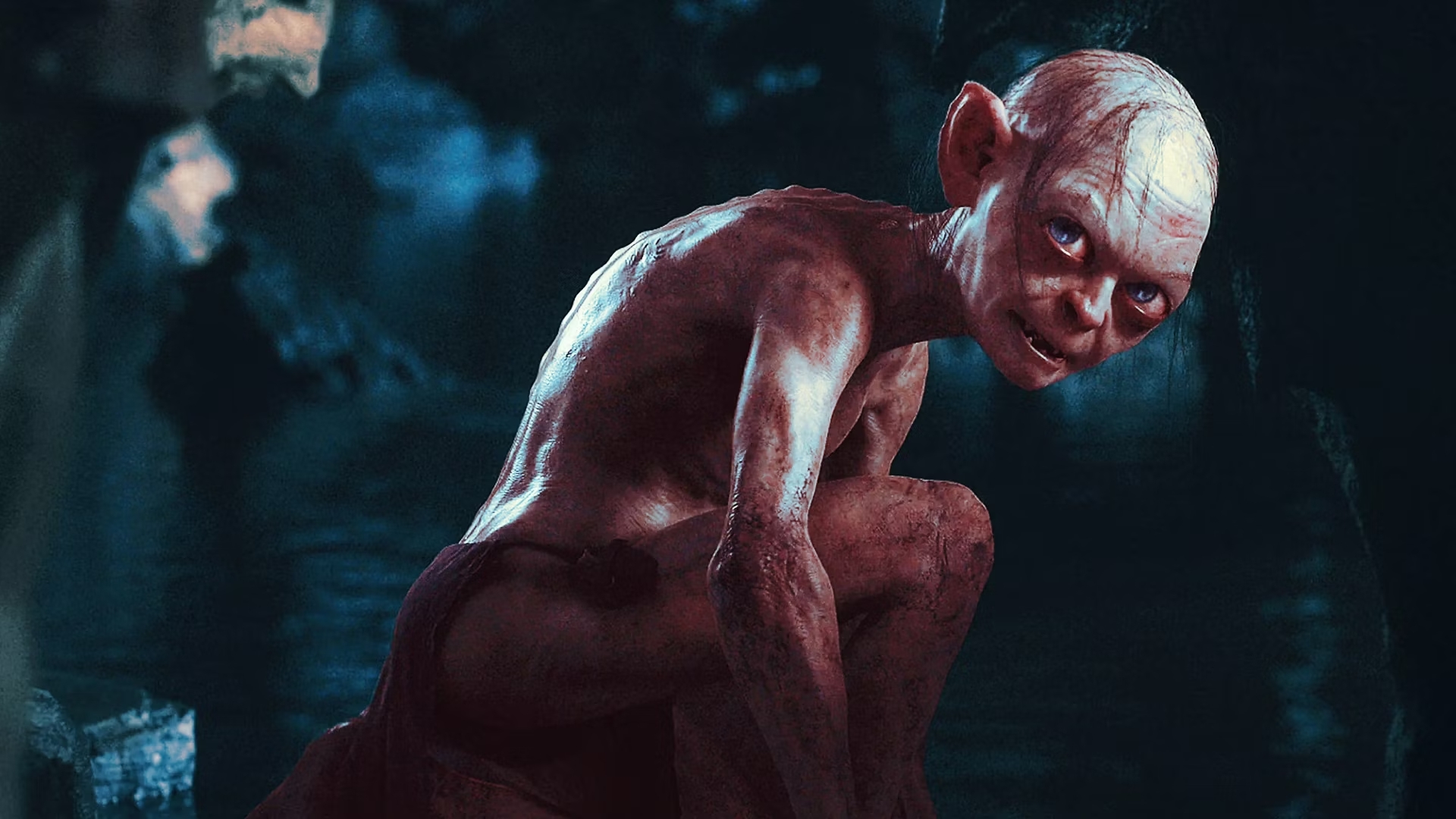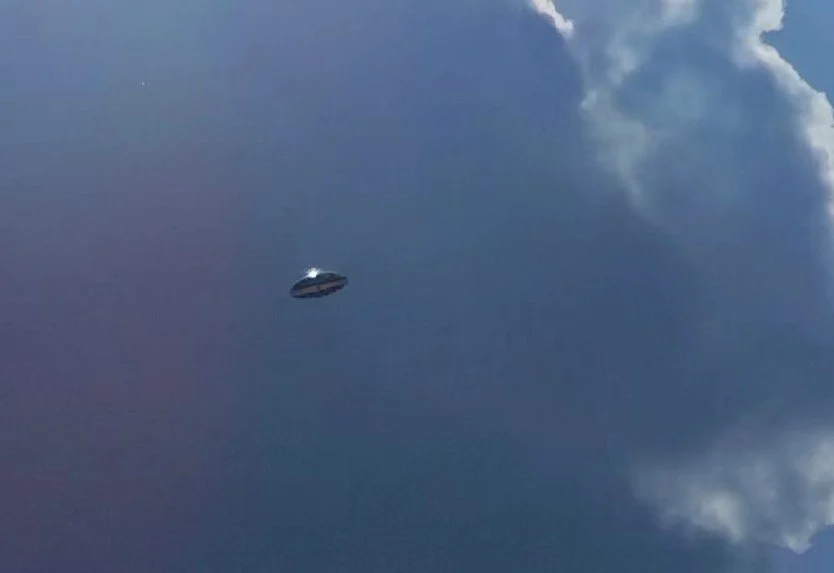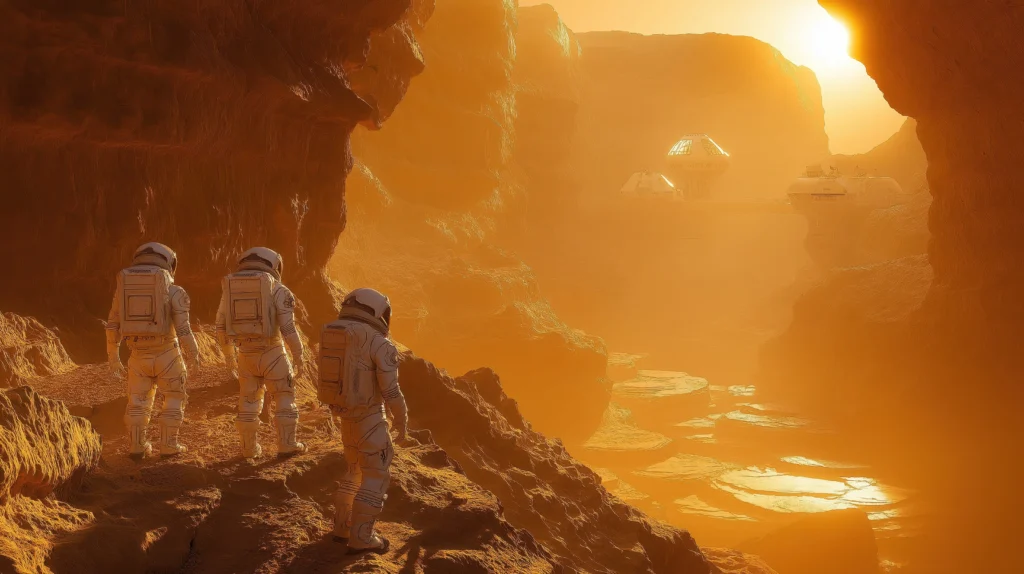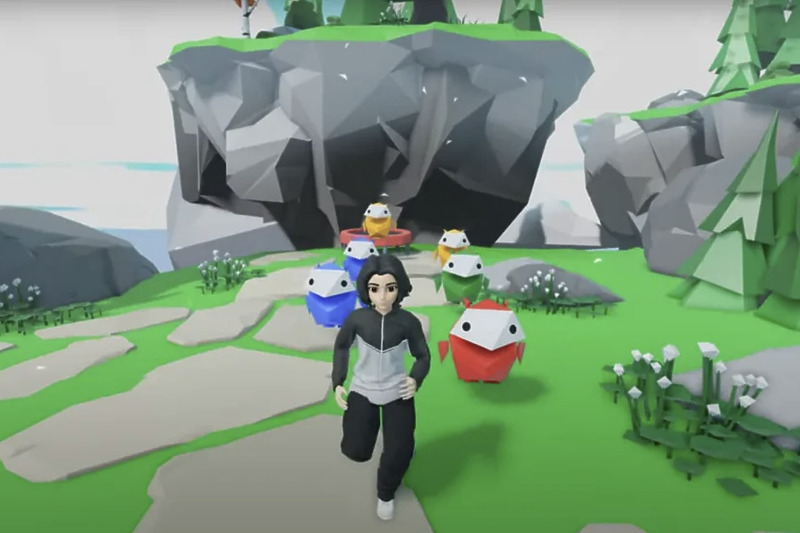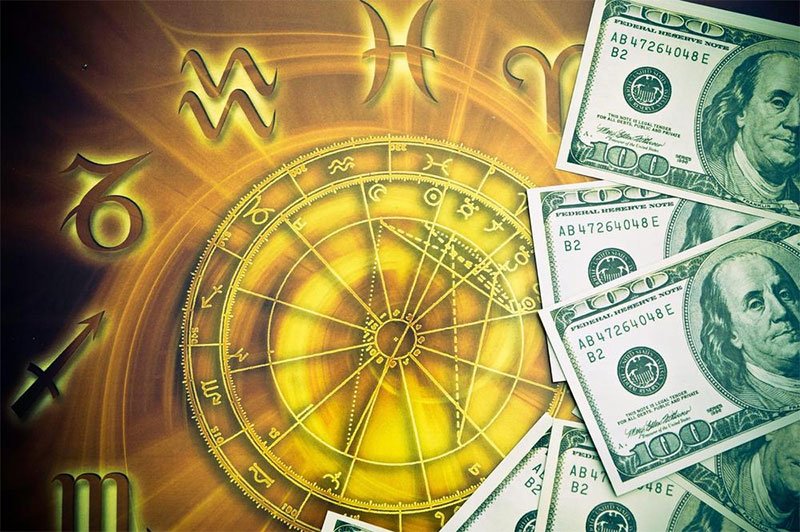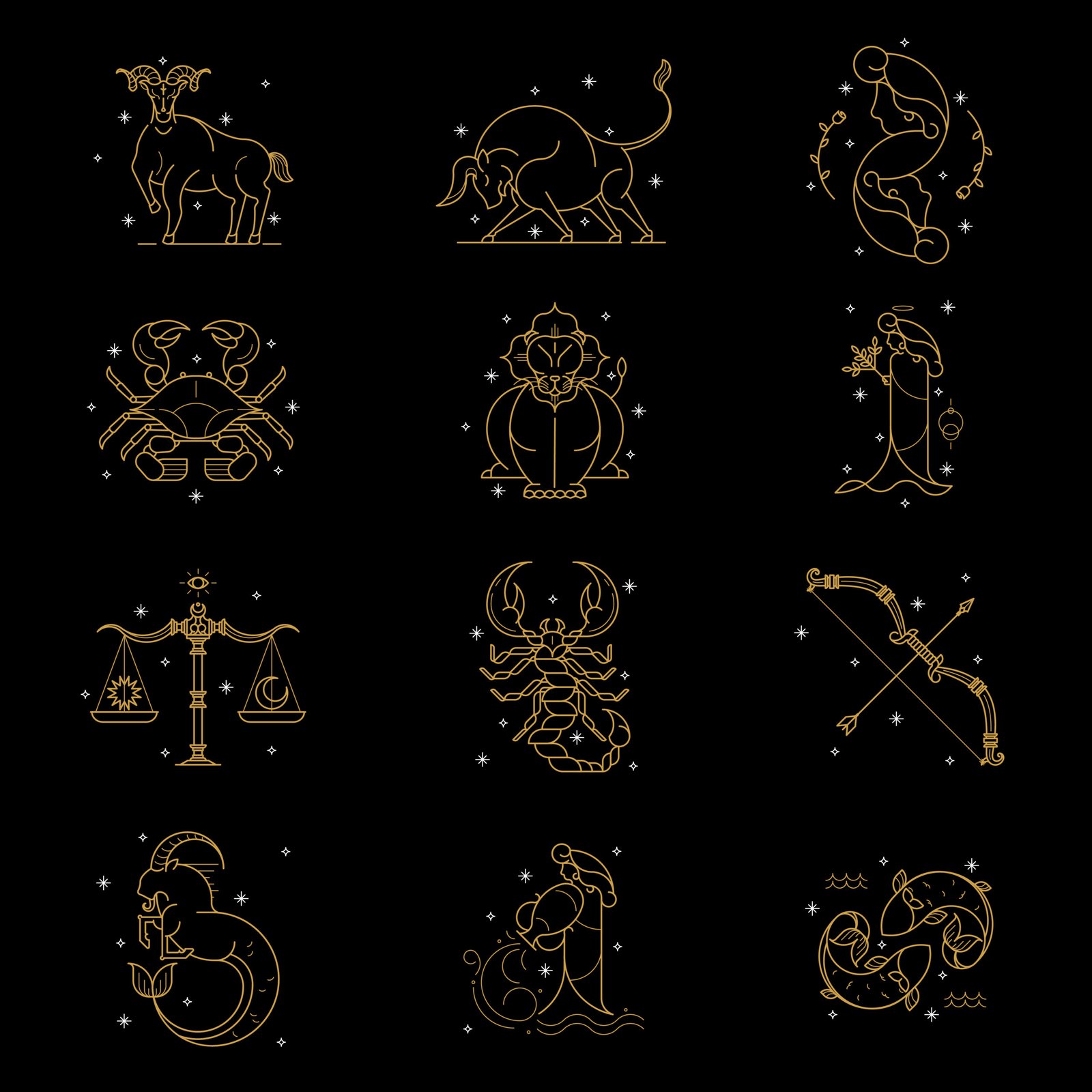Seagull Monument in Salt Lake City, Utah
Salt Lake City's Temple Square is home to some of the most storied buildings in Mormon history, including the Salt Lake Tabernacle and the Salt Lake Temple. Less well-known is a monument dedicated to a creature without whom none of that history might have happened: the California gull. Around the base of the monument, sculpted panels tell the story. In 1847, a group of about 1,700 Mormon settlers fleeing religious persecution in Illinois reached the shores of the Great Salt Lake. Taking direction from their leader, Brigham Young, they built cabins and planted crops. Spring arrived early that year, and the harvest looked promising, which was good news for the many settlers still to come. Then, in late May of 1848, disaster struck: The crops were overtaken by ravenous giant crickets. In the words of the farmers, the thumb-sized insects "came by the thousands of tons" and "took everything clean," including wheat, corn, melons, and beans. The farmers fought back with fire, brooms, wooden mallets, and noisemakers. But nothing could stop the crickets, and many considered giving up on the settlement and heading back east, or going farther west. Then in early June, surprise reinforcements arrived in the form of California gulls. Every morning for three weeks, the gulls swept over the fields, ate as many crickets as they could, vomited, and then ate even more. Many of the Mormon settlers, who had not previously seen gulls in the area, considered the birds' arrival a sign from God. "All acknowledge the hand of the Lord was in it," one wrote. Over the years, as the city grew, the providential gulls were commemorated in sermons and poems. In the early 20th century, the LDS Church commissioned this monument in their honor. It was built by local sculptor Mahonri M. Young and unveiled in 1913. Since then, historians have uncovered some logic within the legend. As it turns out, the birds had been previously recorded in the area by fur trappers and mapmakers—the settlers were just unfamiliar with them. And their regurgitation was not a sign of devotion to their task, but a way of expelling less digestible cricket parts. However, knowledge has not lessened these heroes' power: In 1955, Utah's legislature recognized the California gull as the official state bird, a position it holds to this day.


Salt Lake City's Temple Square is home to some of the most storied buildings in Mormon history, including the Salt Lake Tabernacle and the Salt Lake Temple. Less well-known is a monument dedicated to a creature without whom none of that history might have happened: the California gull.
Around the base of the monument, sculpted panels tell the story. In 1847, a group of about 1,700 Mormon settlers fleeing religious persecution in Illinois reached the shores of the Great Salt Lake. Taking direction from their leader, Brigham Young, they built cabins and planted crops. Spring arrived early that year, and the harvest looked promising, which was good news for the many settlers still to come.
Then, in late May of 1848, disaster struck: The crops were overtaken by ravenous giant crickets. In the words of the farmers, the thumb-sized insects "came by the thousands of tons" and "took everything clean," including wheat, corn, melons, and beans. The farmers fought back with fire, brooms, wooden mallets, and noisemakers. But nothing could stop the crickets, and many considered giving up on the settlement and heading back east, or going farther west.
Then in early June, surprise reinforcements arrived in the form of California gulls. Every morning for three weeks, the gulls swept over the fields, ate as many crickets as they could, vomited, and then ate even more. Many of the Mormon settlers, who had not previously seen gulls in the area, considered the birds' arrival a sign from God. "All acknowledge the hand of the Lord was in it," one wrote.
Over the years, as the city grew, the providential gulls were commemorated in sermons and poems. In the early 20th century, the LDS Church commissioned this monument in their honor. It was built by local sculptor Mahonri M. Young and unveiled in 1913.
Since then, historians have uncovered some logic within the legend. As it turns out, the birds had been previously recorded in the area by fur trappers and mapmakers—the settlers were just unfamiliar with them. And their regurgitation was not a sign of devotion to their task, but a way of expelling less digestible cricket parts. However, knowledge has not lessened these heroes' power: In 1955, Utah's legislature recognized the California gull as the official state bird, a position it holds to this day.
Koja je vaša reakcija?















































